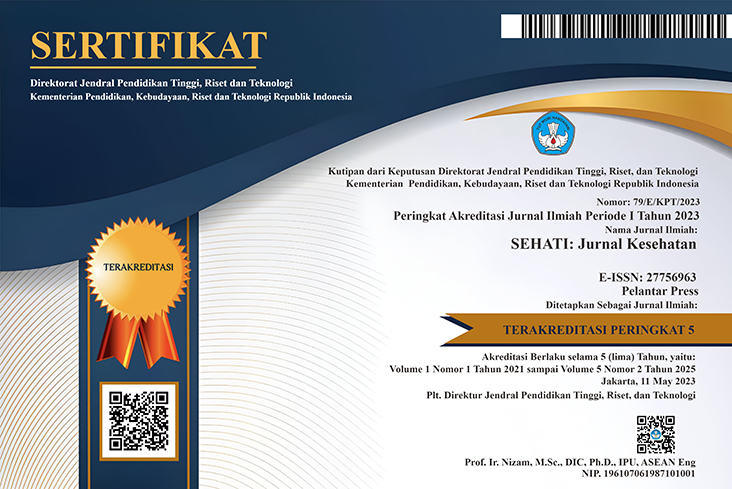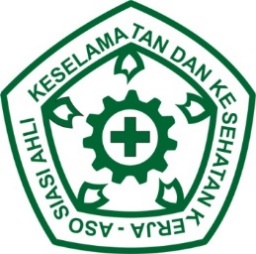Laporan kasus: manajemen anestesi pada pasien hipospadia
Abstract
abnormal development of the urethral fold and the ventral foreskin of the penis that causes abnormal positioning of the urethral opening. Patients diagnosed with hypospadias should be referred for surgical evaluation within the first weeks of life. If parents want circumcisions for their newborns, the presence of any penile abnormality should contraindicate the procedure, given that the foreskin is used in the arthroplasties. Surgical correction is the mainstay treatment of proximal hypospadias. In proximal penile, penoscrotal, and scrotal hypospadias with chordee, the patient commonly undergoes a two-stage repair with initial surgery consisting of urethroplasty and penile straightening with subsequent urethral plate tabularization. A 13 years ago the patient came to the Pediatric Surgery with a complaint that the bladder hole was under the genitals. This has been known by the patient's family since birth, but they do not want to take the patient to see a doctor because they are worried. A right surgery should minimize the discomfort felt by the patient. Therefore, it is necessary to prepare an anesthetic plan and appropriate preoperative, intraoperative and postoperative management to avoid complications that may occur.
Keywords
Full Text:
PDFReferences
Akre O, Boyd HA, Melbye M. (2008). Maternal and gestational risk factors for hypospadias. Environ Health Perspect.
Baskin LS, Ebbers MB. (2006). Hypospadias: Anatomy, Etiology, and Technique. Journal of Pediatric Surgery, 41(3), 463-472.
Bhat A. (2008). General considerations in hypospadias surgery. Indian J Urol.
Dave NM. (2019). Pramedication and Induction of Anaesthesia in Paediatric Patients. Indian J Anaesth, 63(9), 713-720.
Donaire AE, Mendez MD. (2021). Hypospdias. NCBI Books: StatPearls [Internet].
Haraux E, Braun K, Buisson P, Stephan-Blanchard E, Devauchelle C, Ricard J, Boudailliez B, Tourneux P, Gouron R, Chardon K. (2016). Maternal Exposure to Domestic Hair Cosmetics and Occupational Endocrine Disruptors Is Associated with a Higher Risk of Hypospadias in the Offspring. Int J Environ Res Public Health.
Heikal S, Stuart G. (2020). Anxiolytic premedication for children. BJA Education, 20(7), 220-225.
Horn R, Kramer J. (2020). Postoperative Pain Control. NCBI Books: StatPearls [Internet].
Keays MA, Dave S. (2017). Current hypospadias management: Diagnosis, surgical management, and long-term patient-centred outcomes. Can Urol Assoc J.
Melisa A, Sumit D. (2017). Current hypospadias management: Diagnosis, surgical management, and long-term patient-centred outcomes. USA: Wiley.
Morgan, Mikhails. (2011). Panduan Pelayanan Anestesia dan Reaminasi Klinik. Jakarta: EGC.
Noegroho BS, Siregar S, Firmansyah I. (2018). Karakteristik Pasien Hipospadia di Rumah Sakit Hasan Sadikin Bandung Tahun 2015-2018. Departemen Bedah Urologi, FK Unpad.
Obsa MS, Sholla AL, Baraki BG, Welde GD. (2020). Effect of Laryngeal Mask Air Way Incertion versus Endotracheal Intubation over Hemodynamic Responses in Pediatrics Patient. Anesthesiology Research and Practice.
Rodriguez FV, Lopez RYCC, Marin OE, Sarmiento CN. (2016). Accurate Diagnosis of Severe Hypospadias Using 2D and 3D Ultrasounds. Case Rep Obstet Gynecol.
Snodgrass WT, Bush NC. (2016). Hypospadia. In Campbell M, Wein A, Kavoussi L, Walsh P. Campbell-Walsh urology. Philadelphia: Elsevier.
Sloan T. (2010). Anesthesia and Intraoperative Neurophysiological Monitoring in Children. Chiels Nevous System, 26, 227-235.
DOI: https://doi.org/10.52364/sehati.v2i1.15
Refbacks
- There are currently no refbacks.
Copyright (c) 2022 Pelantar Press

This work is licensed under a Creative Commons Attribution-NonCommercial-NoDerivatives 4.0 International License.

Ciptaan disebarluaskan di bawah Lisensi Creative Commons Atribusi-NonKomersial 4.0 Internasional.




